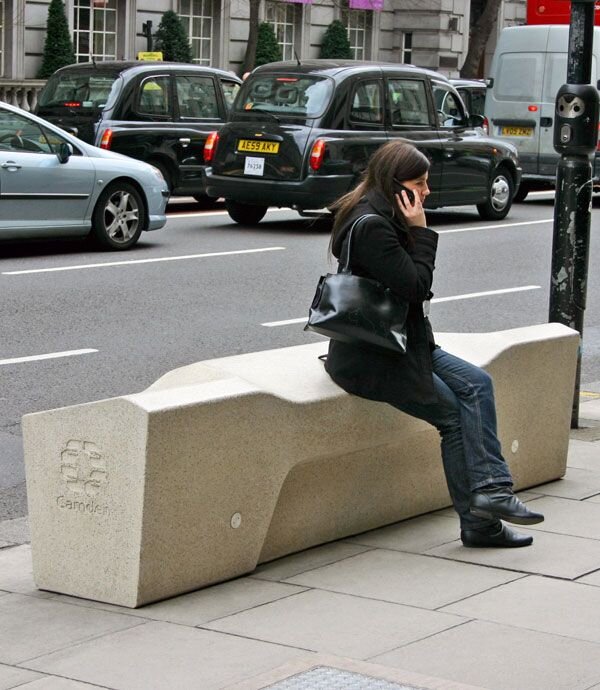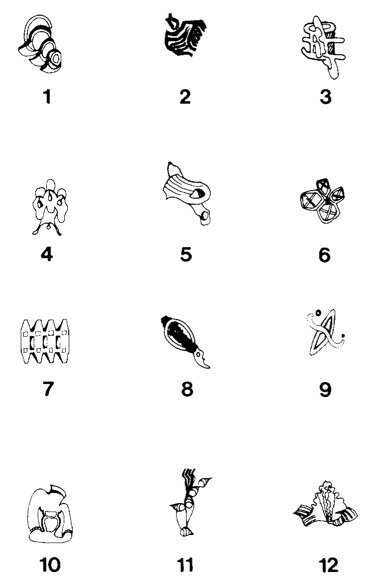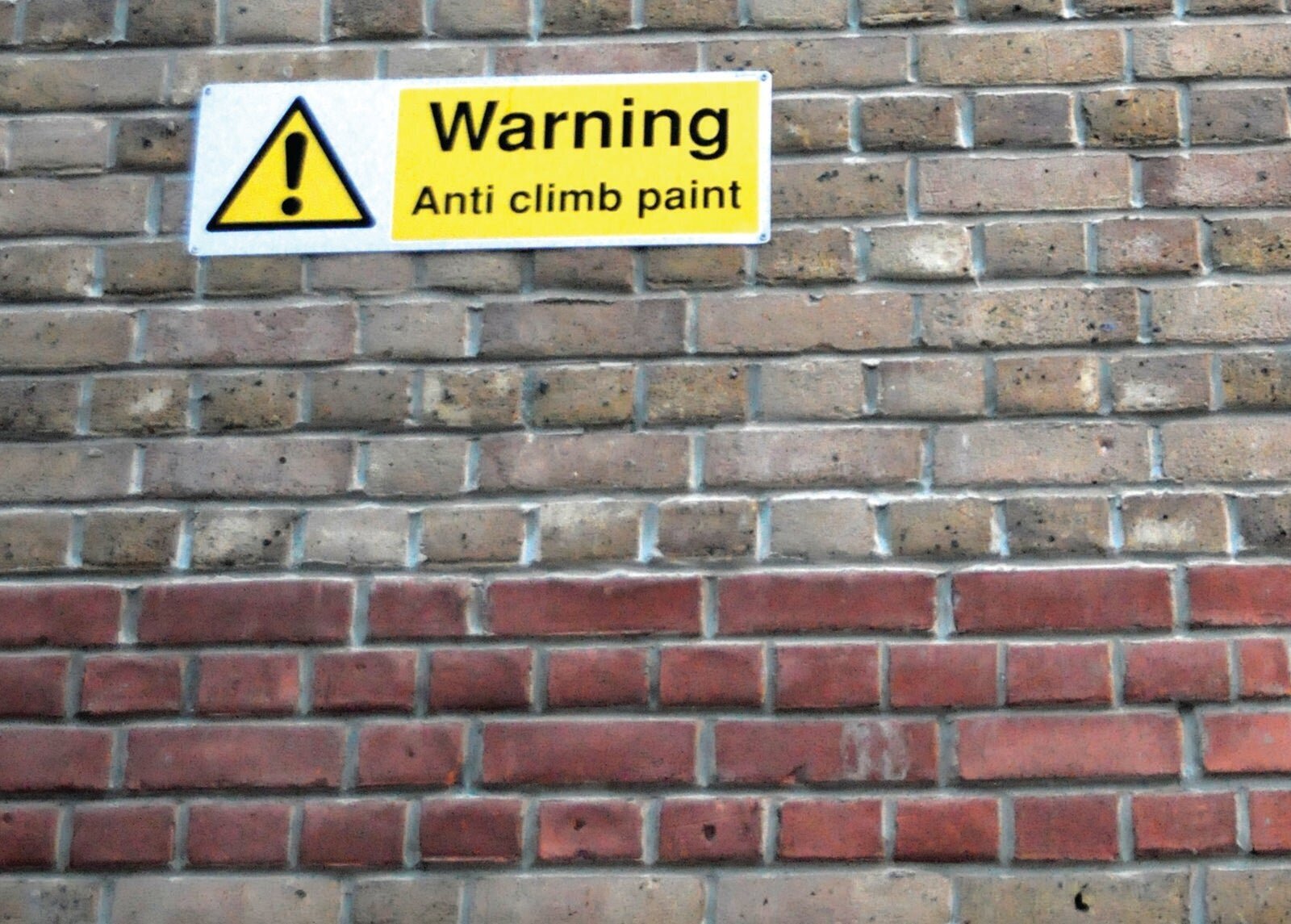Back in September 2019, a city known for its fog, cool summers, steep rolling hills, and landmarks (not my words but the words of one romantic Wikipedia contributor), added “hostile” to its mix of eclectic architecture. Hostility towards its population of non-transplants predates the creation of the fictitious East Cut Community Business District (oh, how ironic that a neighborhood with a rich history of striking and labor organizing, is now a CBD (the C should stand for Commercial, not Community) with an Executive Director and its own private security force of “ambassadors”) but the city’s prioritization of accommodating folks who “immigrated” here (a la fnnch who immigrated here from Missouri) in the last couple of years has accelerated that animosity.
What in the holy hell.
Is it a sculpture? A coffin? An alien pod from outer space?
I rest my case your honor.
It’s 3,900 pounds, costs $4,661, and is characterized by waterproof coating and its lack of flat surfaces and crevices. No, I am not talking about Blind Men and An Elephant, I’m describing the Camden Benches that were installed in the 16th & Mission Bart Plaza. I can only think of two criteria when shopping for a bench: 1) it beautifies a space and/or 2) it’s comfortable, welcoming, and encourages one to leisurely spend time in a space. The Camden Bench is neither of those. Bart officials will try to convince you that it was a great choice because it’s anti-graffiti, thwarts skateboarders, and prevents liquids from accumulating. But there are other options that fulfill all those needs. These were chosen because they’re uncomfortable for people to sleep on.
I can’t remember which came first, the Mission Local article or my first-hand experience of sitting on one while waiting for the 14 to take me back to SoMa. But I do know that it left such an impression, that I went down the rabbit hole of opening every link in that article, and then opening all the links in those articles, and then on and on. If I hadn’t bought a new iPhone, all those tabs in the abyss that is my Safari app, would still be caught in a Schrodinger’s cat-esque state of being both, and between, open (and thus impossible to forget) and forgotten (because it’s buried under a million other pages, like who actually bothers to close each one?). I still think about the bench to this day, which is why I’m writing about it, but it’s also opened my eyes to the prevalence of public infrastructure and spaces that are antithetical to their sole purpose of being public goods.
I took so many classes in the Geography Department at Berkeley I could’ve received a minor in it, but anyone with a bit of common sense can explain what the difference is between space vs. place. There’s no science behind it, just experience. It’s very hard to argue that 16th/24th and Mission is just a space because I can guarantee you that if you were to ask someone to meet you there, they’d know exactly what you’re referring to. It’s a major crossroad where you can catch at least 5 different Muni lines AND Bart. It’s probably considered the southern most edge of San Francisco for folks coming up from the South Bay because honestly, who even gets off at Balboa Park or Glen Park? (Not to mention, micromobility wasn’t even offered around the Sunnyside area until later in 2019 because I guess it’s too far out in the ‘burbs.) But most importantly, it’s considered home for many people and small business owners.
The Camden Bench is unique because it’s an anti- /non-object. In other words, there are more things that make it not a bench and just a lump of concrete than there are features that make it a bench. If I can sit on something, does it make it a bench? But paradoxically, despite it’s lack of something-ness, it’s a very tangible and obvious example of the hostile architecture in our surroundings. Just take a look around you. For those of us who are fortunate to have a roof over our heads, these are just minor and fleeting inconveniences. But for others, these micro-aggressions are a daily reminder that they belong neither here nor there.
I worry that the Camden Bench is a symbol of the freedom we’ve lost in our public spaces — the freedom to use these spaces as we wish. I also fear that it is an ominous
symbol of the future [], a world where contrarianism — whether it be sleeping, skateboarding, scribbling — is made not just illegal, but impossible.*
Next time you find yourself having to sit through another “wow, you grew up in San Francisco?” conversation about how the city’s changed but can’t really put your finger on what’s disappeared, at least now you have one glaring, concrete example (ha!) that has appeared.
My mom told me I could be anything I wanted to be so I chose to be Spider-Man.












